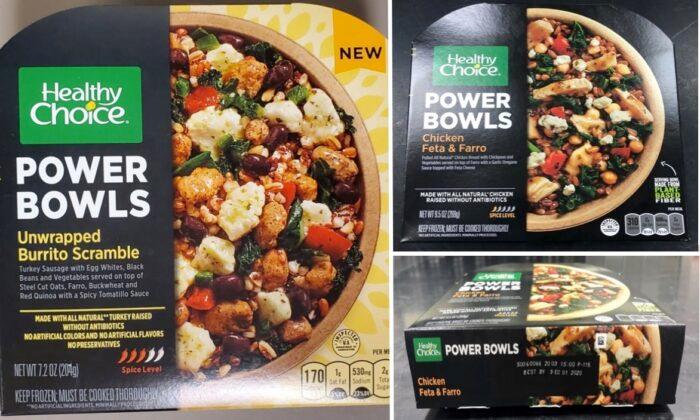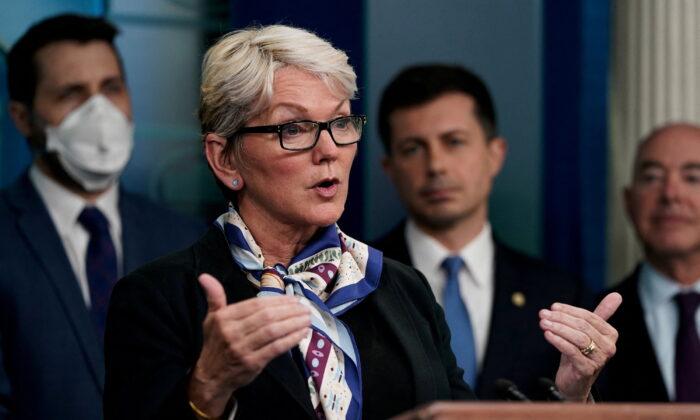Conagra Brands reported Thursday a decrease in net profits and adjusted operating margin mainly due to an increase in food costs resulting from high inflation, a loss in profits from recently-sold businesses, and transitory supply chain costs.
The corporation reported a second-quarter net sales hike of 2.1 percent along with an increase of 2.6 percent in organic net sales. The second fiscal 2022 second-quarter net sales and organic net sales went up by 4.1 and 5.3 percent, respectively, on a two-year compounded annualized basis. This was mostly driven by a hike in product prices.
Conagra had expanded the price/mix by about 6.8 percent which resulted in a sales volume reduction of 4.2 percent. The company divested from the H.K. Anderson business, the Peter Pan peanut butter business, and the Egg Beaters business, which resulted in a 0.7 percent decrease in net sales.
“Our focus on strategic innovation and our intentional approach to investment helped us maintain brand momentum in the second quarter and continue capturing share across each of our domains—frozen, snacks, and staples,” said Sean Connolly, CEO of Conagra Brands in the report. “Looking ahead, we expect to continue experiencing cost pressures above original expectations in the second half of fiscal 2022.”
Conagra’s operating margin contracted 435 basis points to 13.4 percent while the adjusted operating margin decreased 500 basis points to 14.6 percent. According to the company report, the diluted earnings per share went down 26 percent to $0.57 for the second quarter, and the adjusted numbers show a fall of 21 percent to $0.64.
The company expects gross inflation to be around 14 percent and the adjusted operating margin to be reduced from 16 to 15.5 percent. Since the release of the report, the shares went down more than 5 percent, but have picked back up almost 2 percent.
One of the main reasons given for the gross profit decline of 15.1 percent to $755 million in the quarter was the high cost of raw materials due to inflationary pressures and supply chain constraints.
“Second quarter gross profit benefited from higher organic net sales, supply chain realized productivity, lower COVID-19 pandemic-related expenses, and cost synergies associated with the Pinnacle Foods acquisition. These benefits, however, were not enough to offset the impacts of cost of goods sold inflation of 16.4% and the lost profit from the sold businesses,” said the report.
The adjusted gross margin declined 500 basis points to 24.7 percent in the quarter, which was more than expected, as the company had not priced in cost of goods sold inflation and the additional investments made to prioritize food supply servicing orders.
As gross profits declined, Conagra Brands’ net income went down 27.3 percent to $275 million or $0.57 per diluted share. The adjusted EBITDA also decreased 17.9 percent to $585 million in the quarter.
Conagra is also facing staff shortages due to Omicron at a time when demand is outpacing the company’s ability to supply.
Headquartered in Chicago, Illinois, Conagra has a market capitalization of around $16 billion and some of the company’s major brands include Hunt’s, Marie Callender’s, Udi’s Gluten-Free, Orville Redenbacher’s, Slim Jim, Pam, Glutino, Hebrew National, Duke’s Chef Boyardee, and PF Chang’s Home Menu.





